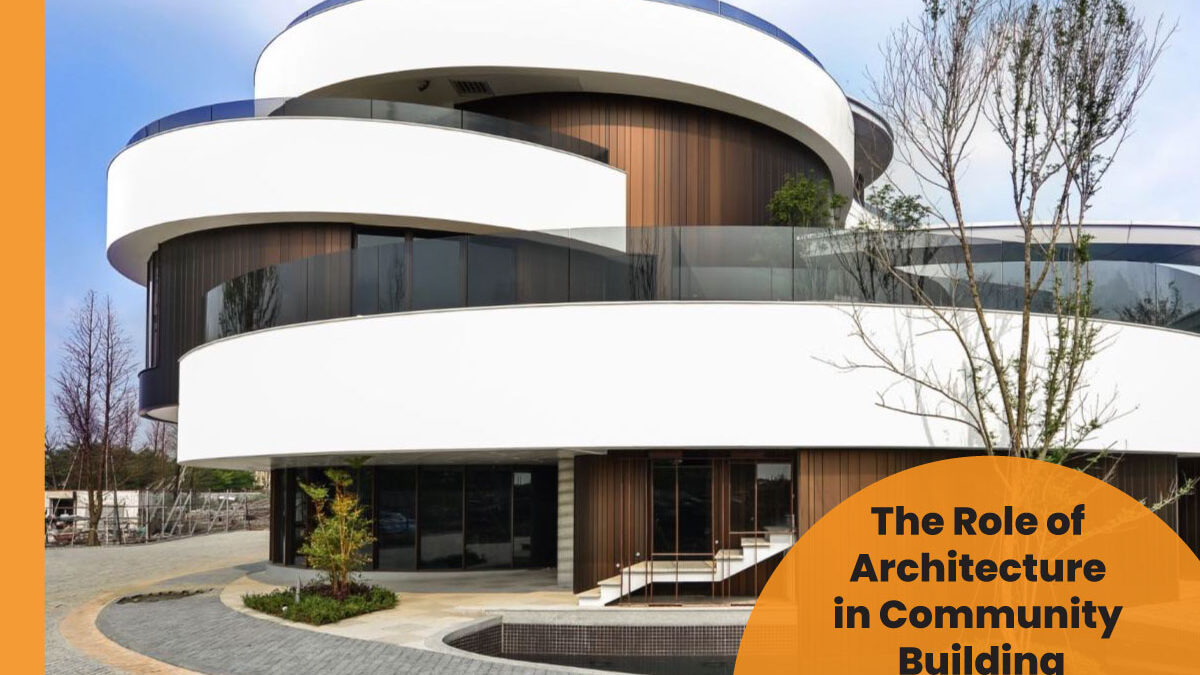The Role of Architecture in Community Building in Uganda
The Role of Architecture in Community Building in Uganda
Architecture is more than just the creation of physical structures; it is a powerful tool that shapes the social, cultural, and economic fabric of communities. In Uganda, where diverse cultures and rapidly growing urban populations intersect, architecture plays a critical role in fostering community development and cohesion. This blog explores how thoughtful architectural design contributes to community building in Uganda, highlighting key projects and principles that illustrate its impact.
1. Creating Functional and Inclusive Spaces
One of the primary roles of architecture in community building is to create spaces that are functional and inclusive. In Uganda, well-designed public spaces such as markets, community centers, and recreational parks provide platforms for social interaction, economic activities, and cultural exchange. For instance, the redevelopment of the Owino Market in Kampala not only enhanced the market’s functionality but also provided a safer and more organized environment for vendors and shoppers, fostering a sense of community and belonging.
2. Preserving Cultural Heritage
Uganda boasts a rich cultural heritage that is reflected in its diverse architectural styles. Incorporating traditional design elements into modern architecture helps preserve this heritage and instills a sense of pride and identity within communities. For example, the Uganda Museum in Kampala showcases traditional Ugandan architecture and artifacts, serving as a cultural hub that educates and unites people from different backgrounds.
3. Promoting Sustainability and Resilience
Sustainable architectural practices are crucial for building resilient communities, especially in the face of climate change and rapid urbanization. In Uganda, architects are increasingly incorporating green building techniques and materials that minimize environmental impact and promote sustainability. Projects like the Green House at Makerere University demonstrate how sustainable design can provide energy-efficient and environmentally friendly spaces that benefit both the community and the planet.
4. Enhancing Accessibility and Connectivity
Architecture also plays a significant role in enhancing accessibility and connectivity within communities. By designing infrastructure that connects people and places, architects help create cohesive communities where residents can easily access essential services and amenities. The construction of the Kampala-Entebbe Expressway is a prime example of how improved connectivity can boost economic activities and enhance the overall quality of life for residents.
5. Supporting Economic Development
Well-designed commercial and residential buildings can stimulate economic growth by attracting businesses, investors, and tourists. In Uganda, mixed-use developments that combine residential, commercial, and recreational spaces are becoming increasingly popular. These developments not only provide convenient living and working environments but also create vibrant economic hubs that drive local development. The Acacia Mall in Kampala is a testament to how such projects can transform neighborhoods and spur economic activities.
6. Facilitating Social Interaction
Community-building architecture facilitates social interaction by creating spaces where people can gather, communicate, and build relationships. Public plazas, open-air theaters, and community halls are examples of architectural designs that encourage social engagement. The Ndere Cultural Centre in Kampala is a notable example, offering a venue for cultural performances and social gatherings that bring people together and strengthen community bonds.
7. Empowering Local Communities
Involving local communities in the architectural design and planning process ensures that the built environment meets their needs and aspirations. Participatory design approaches empower residents by giving them a voice in shaping their surroundings. Projects like the Kisenyi Community Centre, developed in collaboration with local residents, demonstrate how community involvement can lead to more relevant and impactful architectural solutions.
Conclusion
Architecture plays a multifaceted role in community building in Uganda, influencing everything from social interactions and cultural preservation to economic development and environmental sustainability. By prioritizing inclusive, sustainable, and culturally relevant design, architects can create spaces that not only meet the practical needs of communities but also foster a sense of belonging and collective identity. As Uganda continues to grow and evolve, the role of architecture in shaping vibrant, resilient, and cohesive communities will remain indispensable.


